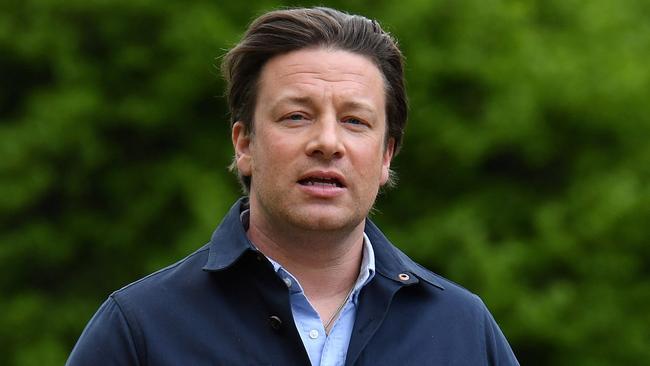Young fogeys return on a wave of nostalgia

But all revolutions must meet the forces of reaction. A decade after leafy East Coast campuses first began to hum with talk of microaggressions, new cultural energies are beginning to gather. For now, it is possible to describe only a mood, not a movement. This mood is characterised by nostalgia for traditional aesthetics and disdain for the boneheaded normie zeal of fashionable identity politics.
In New York, the term “reactionary chic” describes a cultural scene of art world provocateurs and anti-woke hipsters making podcasts, printing magazines and going to one another’s exclusive parties. A comprehensive inventory of anti-woke Manhattan might stretch from the giggling toilet-humour ironists of the podcast Cum Town to Curtis Yarvin, the democracy-despising “father of neo-reaction” who is funded by the billionaire Peter Thiel and who has become, according to a breathless profile in Harper’s Magazine, “a cult hero to many in the ultrahip crowd”. Irony co-exists with a yearning for the pre-modern, pre-democratic certainties of faith, autocracy and aesthetic transcendence.
Most closely documented is the adoption of traditional Catholicism by the city’s fashionable young. New York’s most famous convert, Dasha Nekrasova, a drawling ex-Marxist podcaster and star of HBO’s Succession, insisted to me via WhatsApp that Catholicism couldn’t be a hipster fad because it is the “one true faith” and “has endured since Jesus founded the church”. (Characteristically, the sincerity of that message is also an ironic joke about how weird it is to be so religious in conversation.)
Reaction is an impulse, not a doctrine. Outside a few closely guarded dinner parties, New York-style reactionary chic has little purchase in London. British politics, though benighted, is free from the storms of nihilism and chaos besieging American democracy. And Britain, perhaps because it has no recent history of revolution, lacks a romantic or avant-garde reactionary tradition. On the Continent, reactionaries write poetry and long for vanished aristocracies and exiled kings. In Britain, they are enormous florid gentlemen in the corners of London clubs who smell of stale tweed.
The British right’s ancient horror of pretension means that thinkers like the “reactionary feminist” Nina Power tend to be marginal figures. More prominent is a revival of the young fogey movement of the 1980s. Its exemplary proponent is George Owers, a millennial “Tory socialist” and high Anglican who works for the heterodox publisher Swift Press and whose social media posts about the divine right of kings and the iniquities of Cromwell’s Protectorate have garnered him a strange popularity.
Such attitudes will never have a wide currency but they are unusually influential on the modern right because the historic unpopularity of conservative politics among the young means liberal, socially well-adjusted Tories are scarce. An outsize proportion of those that remain are Jacobite diehards who dine at the Oxford and Cambridge Club and worship at the Brompton Oratory.
Exhaustion with identity politics is an important new theme shaping both British and American culture but, as Nekrasova points out, so is a dissatisfaction with a “very ugly modern culture” and what she calls its pervasive atmosphere of “instability and death”. The most popular expressions of the new reactionary spirit are the hundreds of suddenly ubiquitous social media influencers promoting traditional art and architecture. A typical account, The Cultural Tutor, has a quarter of a million followers on Twitter to whom he churns out viral posts disparaging the futility and ugliness of skyscrapers, car parks and installation art while lauding the virtues of porticoes, flying buttresses and 19th-century history painting.
In Britain, this nostalgic mood is not just connected to conservatism and reaction. Modern socialism often has a wistful tone reminiscent of the sentimental medievalism of William Morris and John Ruskin. Once, a passion for the intimidating concrete geometries of post-war brutalism was a shibboleth of the left. Today, the communist writer Aaron Bastani is moved to make “The Socialist Case for Trad Architecture” (and proves a more compelling advocate than many on the right ever have). In her most recent book, Beautiful World, Where Are You, the Marxist novelist Sally Rooney combines scepticism of the excesses of identity politics with discussions of Christian theology. Sounding remarkably like The Cultural Tutor, her characters lament that human beings “lost the instinct for beauty in 1976 when plastics became the most widespread material in existence”. They yearn instead for “durable clothes of wool and cotton” and “houses with sturdy wooden furniture”.
Well, all this, however contorted to more conformist thinking, remains only a mood. But in frightening, ugly, exhausted times, nostalgia for lost certainty and lost beauty will only become a more compelling cultural force.
– The Times



The authors of about half the professional emails I receive now append prim parentheses to their messages instructing me they wish to be addressed either as “(he/him)” or “(she/her)”. Jamie Oliver, that bluff progeny of Essex pub landlords, employs “teams of cultural appropriation specialists” (wounding aspersions were once cast upon the authenticity of his “punchy jerk rice”). Identity politics has become both counterculture and mainstream. The jargon of oppression and intersectionality unites student union radicals, HR managers, Hollywood stars and the Naked Chef. What worlds are left to conquer?